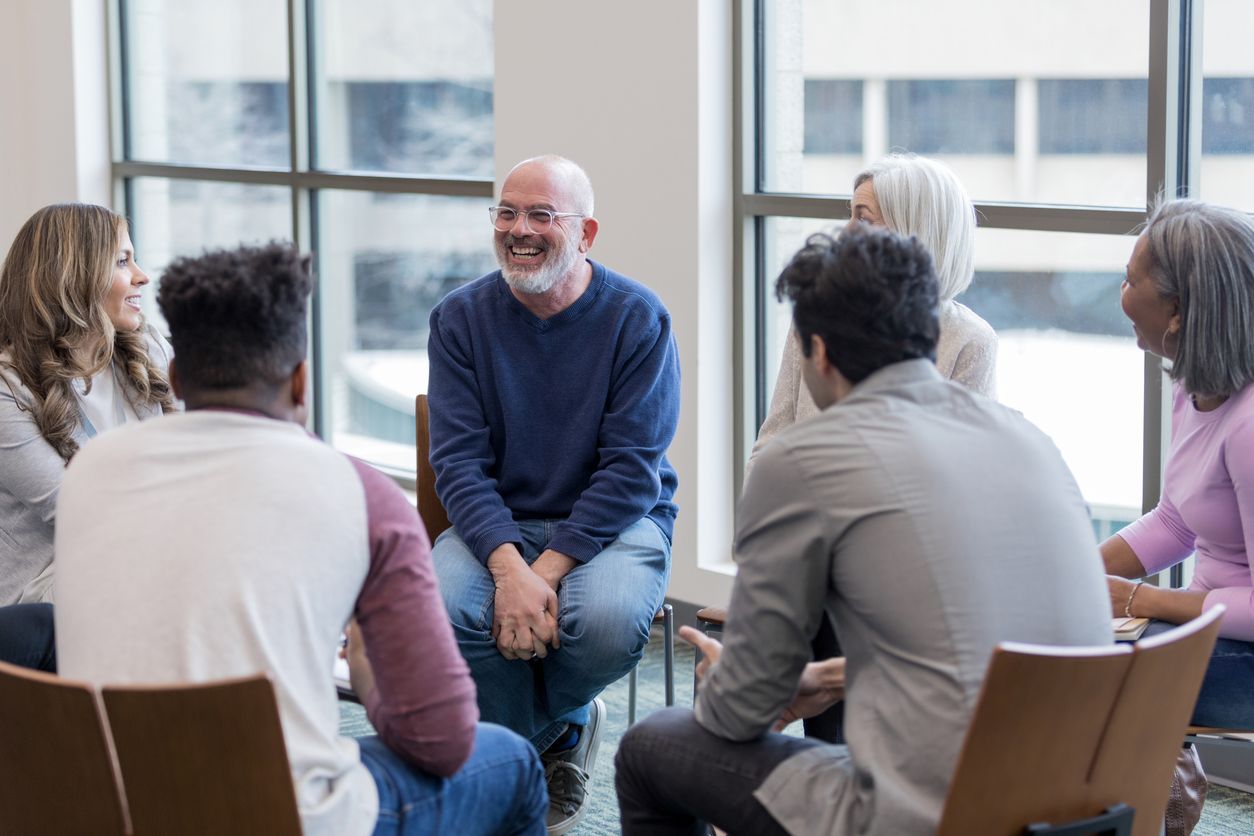"Giving is Never About Money"
Veritus Group's Donor Impact Portfolio model helps organizations elevate appeals from transactional to transformative

Richard Perry recalls working with a rescue mission in the Midwest on improving its fundraising effectiveness. A major gift officer (MGO) told him about a donor who was clearly able to give much more than he had, and at times seemed willing to, but remained ambivalent. As the MGO worked to build the relationship, the reticent donor finally opened up enough to mention that he’d like to meet someone in the mission’s recovery program. We can arrange that, the MGO said.
After meeting a recovering addict who was thriving in the program, the MGO recalled, the donor broke down sobbing. As he composed himself again, he explained that his son had died of an overdose the previous year. Meeting the recovering addict reminded him of that grief, but also convinced him that he could help other families avoid the tragedy his had endured. His next gift to the mission was many times larger than any he’d given before.
Perry recounts this story to make a point. “Giving is never about money,” he explains. “And donor relations shouldn’t be about money. Money is a result, not the objective. The objective is to show the donor the real and immediate impact they can have on the issue they care about the most.”
Perry is a founding partner of Veritus Group, which coaches nonprofits on pursuing transformational major gifts. Veritus’ guidance includes developing a Donor Impact Portfolio, which focuses on donors’ priorities and values, and also serves the organization by treating overhead costs the same as program costs.
A Donor Impact Portfolio is made up of donor offers — descriptions of what donors are “purchasing” with their gifts. These offers can be designed with specific donors, or types of donors, in mind and personalized to resonate. The intent is not to pander, but rather to meet modern donors where their hearts and minds are and to show them exactly how they can turn their concerns into action.
“Donors are approaching philanthropy in a completely different way,” writes Joshua Birkholz in his book Fundraising Analytics. “They are making decisions more thoughtfully. Their gifts are following their own intended purposes. Donors are seeking a return on their philanthropic investments. And they desire an increased level of personalization. Organizations embracing this change are climbing a mountain of success, while others, forcing their own models onto their donors, are fighting in the foothills.”
Creating donor offers calls for a different — but, Perry says, more intuitive — way of breaking down an organization’s budget and presenting it to donors.
When major gift officers work from standard budget lines to persuade a donor to support a program or project, they end up missing significant costs — overhead — that are vital to the program. Then, to make up this shortfall, MGOs face pressure from management to chase after more unrestricted gifts, which are even more difficult to secure.

Richard Perry, Founding Partner at Veritus Group
Richard Perry, Founding Partner at Veritus Group
Veritus Group challenges the common practice among nonprofits of separating overhead into a distinct line item in the budget, and assuming that donors don’t want to touch it. Perry points out that no other industry treats unavoidable costs like rent, utilities and payroll this way.
“Institutional donors are often adamant about giving only for direct program costs,” Perry says, “as if the people implementing those programs don’t need to earn a living — and as if the folks running those institutions aren’t getting paid.
“There are non-profit leaders and self-appointed watchdogs who perpetuate the myth that overhead must never exceed 20 percent, regardless of what you have to cut. But modern major donors are not so rigid. Many of them are businesspeople and entrepreneurs, and they have a more sophisticated understanding of budgets and what it takes to succeed. Above all, they want you to be straight with them, to treat them like partners in your mission.”
That change, Perry says, begins within the organization, and requires top-down buy-in.
The first phase of creating a Donor Impact Portfolio begins with empowering a team of program, finance, and fundraising personnel to break down and repackage the budget for external use. Done properly, this is a time-consuming process that involves:
- Listing and briefly defining all program categories and sub-categories
- Assigning current operating budget numbers and known overhead to each category and sub-category, then allocate remaining overhead proportionately
- Assigning revenue that’s already committed to relevant categories/sub-categories
- Subtracting revenues from expenses. The resulting numbers will be the amount you need to raise for each.
Programs can be broken down other ways as well — by region or by beneficiaries, for example. This allows MGOs to tailor information to the interests and passions of donors. But it’s important to remember, Perry adds, that “numbers don’t persuade donors. Stories do.” The anecdotal information that front-line program personnel can provide, like personal accounts of struggle and success, ground the numbers in the real world and appeal to donors’ desire to make a difference. For organizations that serve people, testimony from clients is especially powerful. Veritus Group calls these YMAD stories — You Made A Difference.
“Focus on the need and what the donor can do to address it, not on your organization,” Perry advises. “Steer clear of jargon. Get outside your own head and think about the presentation from the donor’s perspective. Include all the information she needs, and none that she doesn’t.”
Shifting to the Donor Impact Portfolio method is not easy; much of Veritus Group’s work involves guiding organizations through the process, and its web site offers several white papers with detailed advice. You can go here to download the white paper on Packaging Program into Donor Offers.
Perry argues that it’s a far more sustainable model because it’s less about the transaction and more about genuine connection.
“Conventional wisdom says that donors are motivated to give because of tax deductions and ‘freemiums’ like gifts, free tickets, special invites, etc.,” he explains. “But when we look at the donor files of the organizations that rely on these types of gimmicks, we see very high donor attrition — 40 to 50 percent. We also see very high donor value attrition, where the same donors give 40 to 60 percent less over time. This shows that the gimmicks aren’t soul-satisfying. They don’t fill that space in a donor’s heart that longs to make a significant impact on the planet.”




